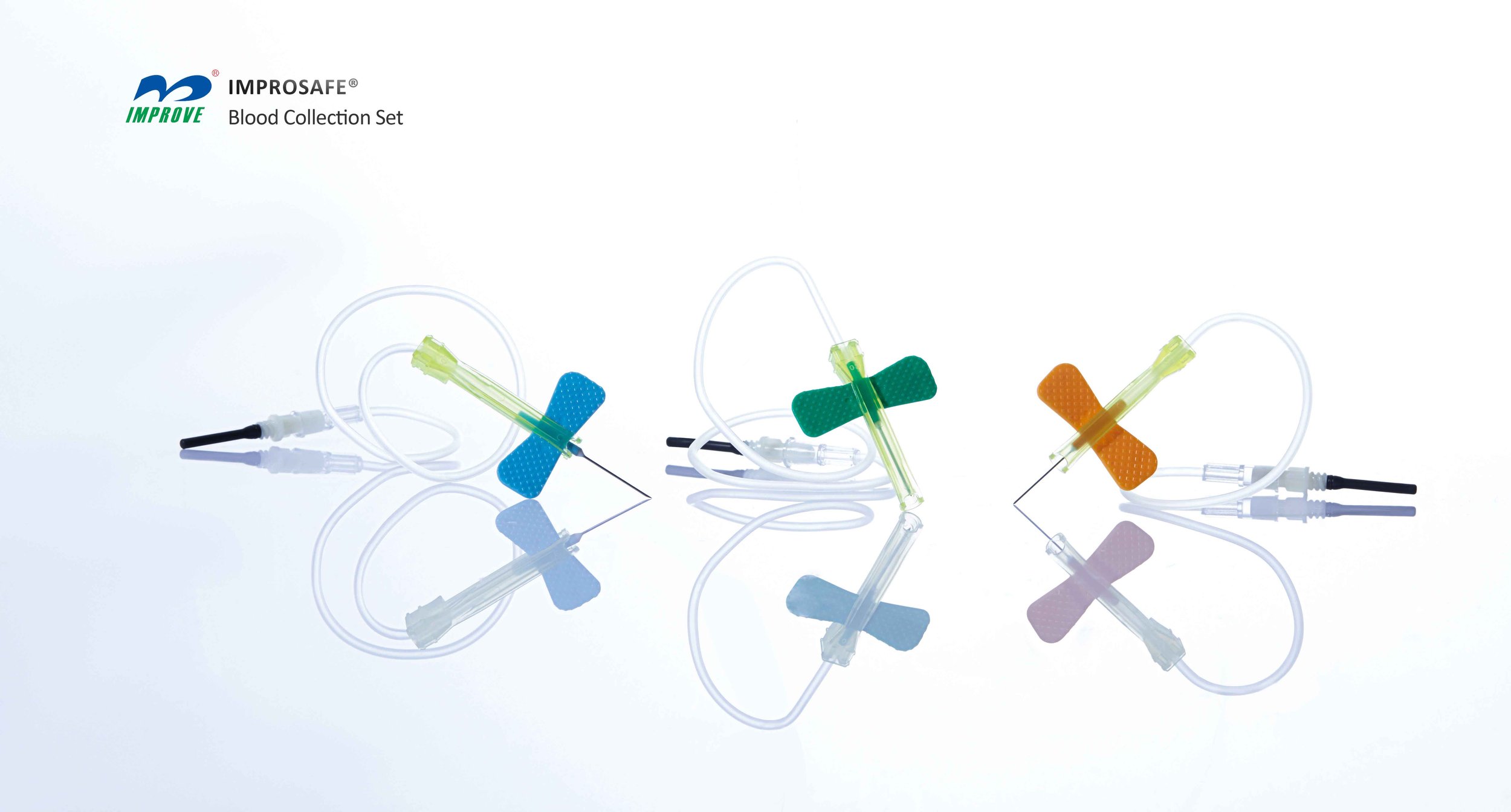Training Phlebotomists in Handling Gene Editing Test Samples in Medical Labs
Summary
- Phlebotomists undergo rigorous training to handle gene editing test samples in medical labs in the United States.
- Training includes understanding the basics of gene editing technology and proper sample collection techniques.
- Phlebotomists are essential in ensuring accurate and reliable Test Results for gene editing procedures.
Introduction
Gene editing technology has revolutionized the field of medicine, offering new possibilities for diagnosing and treating genetic disorders. As this technology becomes more prevalent in medical labs across the United States, it is essential for phlebotomists to be trained in handling gene editing test samples. In this article, we will explore how phlebotomists are trained to handle gene editing test samples in medical labs in the United States.
Understanding Gene Editing Technology
Before handling gene editing test samples, phlebotomists must have a basic understanding of gene editing technology. Gene editing involves making precise changes to an organism's DNA, often using tools like CRISPR-Cas9. Phlebotomists need to know how these technologies work and their implications for patient care.
Training in Gene Editing Basics
- Phlebotomists receive training on the principles of gene editing technology.
- They learn about the different gene editing tools available and how they are used in medical labs.
- Understanding the ethical considerations of gene editing and its impact on patient care is also emphasized.
Importance of Proper Sample Collection
- Phlebotomists are trained in proper sample collection techniques to ensure the integrity of gene editing test samples.
- They learn how to collect samples in a sterile environment to prevent contamination.
- Proper labeling and storage of samples are also crucial to maintaining the accuracy of Test Results.
Role of Phlebotomists in Gene Editing Procedures
Phlebotomists play a vital role in gene editing procedures by collecting and handling test samples with precision and care. Their expertise ensures that samples are collected accurately and safely, leading to reliable Test Results.
Sample Collection in Gene Editing Procedures
- Phlebotomists collect blood and tissue samples for gene editing procedures.
- They follow strict protocols to prevent sample contamination and ensure accurate Test Results.
- Samples are handled with care to maintain their integrity throughout the testing process.
Collaboration with Lab Technicians
- Phlebotomists work closely with lab technicians to transport and process gene editing test samples.
- They communicate any issues or concerns regarding sample quality to ensure accurate testing outcomes.
- Collaboration between phlebotomists and lab technicians is essential for the success of gene editing procedures.
Conclusion
Phlebotomists play a crucial role in handling gene editing test samples in medical labs in the United States. Through rigorous training in gene editing technology and proper sample collection techniques, phlebotomists ensure the accuracy and reliability of Test Results for gene editing procedures. Their expertise and attention to detail are essential for the advancement of gene editing technology in patient care.

Disclaimer: The content provided on this blog is for informational purposes only, reflecting the personal opinions and insights of the author(s) on the topics. The information provided should not be used for diagnosing or treating a health problem or disease, and those seeking personal medical advice should consult with a licensed physician. Always seek the advice of your doctor or other qualified health provider regarding a medical condition. Never disregard professional medical advice or delay in seeking it because of something you have read on this website. If you think you may have a medical emergency, call 911 or go to the nearest emergency room immediately. No physician-patient relationship is created by this web site or its use. No contributors to this web site make any representations, express or implied, with respect to the information provided herein or to its use. While we strive to share accurate and up-to-date information, we cannot guarantee the completeness, reliability, or accuracy of the content. The blog may also include links to external websites and resources for the convenience of our readers. Please note that linking to other sites does not imply endorsement of their content, practices, or services by us. Readers should use their discretion and judgment while exploring any external links and resources mentioned on this blog.
